The 1502 Progress of Henry VII & Elizabeth of York
Your Progress Starts Here!
Be sure to read this blog to set the context for this progress. Each location on the progress is linked to the next at the bottom of each blog. I advise you to read each blog in order. However, to jump to a particular location, click on the relevant pin on the map below to show the associated link.
Introductory Notes on the 1502 Progress to South East Wales
One of the aims of this membership (The Ultimate Guide to Exploring Tudor England) is for you to join me in an exciting adventure of discovery as it unfolds. You will not have to wait years for me to publish the final book (in which I intend to cover several Tudor progress and journals spanning the entire reign). Instead, I will research, write and publish as I go, and as I do, I hope that you will also see afresh (perhaps even for the first time!) the places, people and events I put under the microscope.
Never is this more true than when I am following a progress. The delicious sense of anticipation I feel as I gather myself to begin an adventure in time is always the same. I have so many questions I want to answer. Funnily enough, I often find answers to things I never even thought to ask about!
I will learn about places I have never looked into deeply before – and pass this information on to you. And as for the Tudors who I follow? As I ride alongside them, I often feel like I am meeting them for the first time. I see what they saw – in detail. I watch as their habits and personality traits reveal themselves. And I am rarely disappointed—quite the contrary. My expectations of what I might uncover are often outstripped by the reality of what I find. I have yet to write about a progress that I haven’t found genuinely enlightening.
For this journey, we are principally following in the footsteps of Elizabeth of York during the 1502 summer progress. It would be Elizabeth’s last summer on Earth. She would die shortly after giving birth to a baby girl the following February.
Primarily due to a significant error of interpretation by one well-known historian, for quite some time, the dominant belief about this progress is that Elizabeth of York undertook it alone. Although my research has led me to one account that suggests the couple may have gone their separate ways during the progress for a few days around Gloucester, this was a progress that the couple undertook together. Elizabeth was at her husband’s side through most of this progress, which saw the King and Queen depart from London and head towards Woodstock’s much-loved medieval palace in North Oxfordshire. And thus, it is true to say that while we are focusing on Elizabeth in this progress, we are also following in the footsteps of Henry VII.
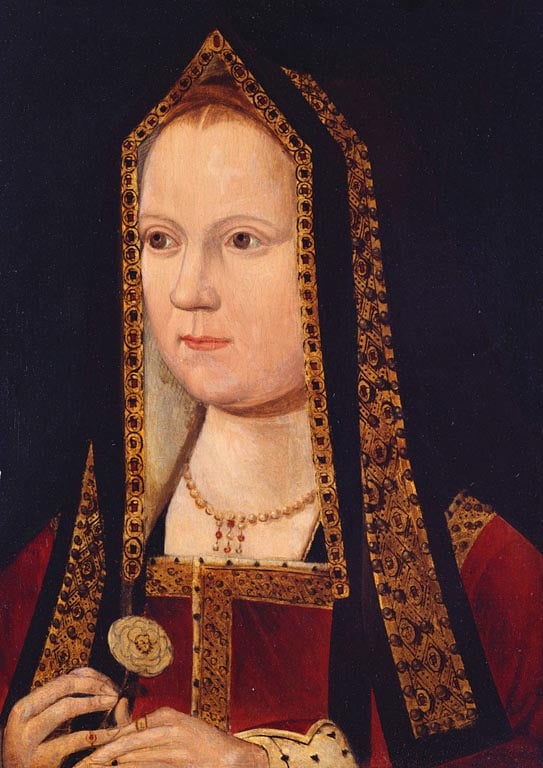
I have written about Woodstock before. The original blog can be found here if you are interested. But in this instance, I am revisiting Woodstock in light of the events unfolding in 1502 and have adapted the aforementioned blog in the next post to reflect that.
This progress was made by the royal couple on a round trip from Woodstock to South East Wales and back again. It was a journey of around 120 miles that took just under eight weeks to complete—and all this just a few months after the couple had received the most egregious news: Their son and heir, their shining hope for the future of the Tudor dynasty, was dead.
No Ordinary Progress…
To come close to understanding the motivation behind this progress, we need to consider the events of the preceding couple of years.
Even after a lifetime of fighting for his birthright, the resounding Lancastrian victory at the Battle of Bosworth did not see the end of Henry VII’s troubles. For the first few years, there was resistance and conspiracy by those loyal to the House of York. However, with enemies defeated and two pretenders vanquished, Henry VII was able to set about constructive dynastic building through marriage and diplomacy.
1500:
The future was looking secure. By the turn of the sixteenth century, Elizabeth of York had delivered her husband three sons (and heir and two spares) and two surviving daughters that could be married abroad to cement foreign alliances. Then, a series of deeply personal losses would rock Henry and Elizabeth’s world.
On 19 June 1500, their youngest son, Edmund died, aged 16 months. This was followed a few months later by the demise of Cardinal John Morton. Morton had been recalled from exile shortly after Henry’s victory at Bosworth. He was immediately made Lord Chancellor and remained one of Henry’s closest friends and advisors for the rest of his life.
‘His closeness to the royal family is demonstrated by the bequests [in Morton’s will] of his best portable breviary to Henry VII, his best psalter to the queen, an image of the Blessed Virgin in gold to the king’s mother, Lady Margaret Beaufort, and a gold goblet and £40 to the king’s eldest daughter, Princess Margaret, whom he described as his “beloved god-daughter”.’ Wikipedia.
1501
In 1501, the threat of revolt and treason reared its ugly head again. Edmund de la Pole, the heir to the Yorkist claim upon England’s throne, left England without the King’s permission and sought sanctuary in Emporer Maximillian’s court alongside his brother, Richard.
However, it was not all bad news. While possible treason brewed on the Continent, there was something to celebrate in England.
Catherine of Aragon, Prince Arthur’s new bride and future Queen Consort, arrived at Portsmouth on 2 October. She and Arthur were married at Old St Paul’s Cathedral just over a month later, on 14 November. After much celebration, the pair returned to Arthur’s childhood home, Ludlow. His father intended for him to continue to govern the Council of the Marches as Prince of Wales.
Meanwhile, more dynastic arrangments were underway in London as the King worked on finalising the marriage of his eldest daughter, Margaret, to James V of Scotland.
1502
As the year turned, January 1502 saw all the members of the royal family who were present in London gather at St. Paul’s Cathedral to witness the affiancing of Princess Margaret to the King of Scots. More celebrations followed. Unfortunately, the rejoicing around this event did not endure for long. On 2 April, Prince Arthur died at Ludlow Castle following a short illness. Upon receiving the news at Greenwich, Henry and Elizabeth were devasted. This was not only a personal loss, but the couple had now endured the death of two sons in the space of as many years. The dynasty’s future now rested upon the shoulders of the new Prince of Wales, the 10-year-old Henry Tudor.
Suddenly, the Lancastrian throne looked vulnerable once more. If anything were to happen to little Prince Henry, this would have the potential to plunge England back into Civil War. The royal couple seems to have been committed to ensuring this could never be the case. Despite her age and the danger it presented, almost immediately, Elizabeth of York fell pregnant for at least the seventh, and as it would turn out the final time.
With this backdrop, we see the royal couple begin their summer progress just two months later. Yet, this is an unusual progress. There are no state entries into major cities, and the ultimate destination on the apex of the progress was none other than Raglan Castle, which, for seven years had been Henry’s childhood home. As Samantha Harper, an expert on the progress, puts it, this progress looks like a ‘trip down memory lane’. And it is easy to see why. Henry and Elizabeth’s had been shaken badly over the previous few years; staunch friends and allies, those who had stood by Henry’s side for many years acting as wise councillors and friends, were dying – and most poignantly of all, they were grieving for two dead sons.
The 1502 Progress: Sources and Timeline
One of the difficulties in writing about Henry VII and the early Tudor period is the relative lack of surviving contemporary documents. This is even more true when we try to learn more about Elizabeth of York. Very few records reveal details about this enigmatic and much-loved Tudor Queen.
For the 1486 progress to the North, we mainly rely on the Herald’s record for information on where the King went during the progress and the key events unfolding. For the 1502 progress, all we have are the King’s Chamber Books, which record the receipts and expenditures of the King’s household (alongside associated financial memoranda) and the Queen’s Chamber Books (sometimes erroneously referred to as the Queen’s Privy Purse Expenses, which is an account of Elizabeth of York’s receiver, Richard Decons or Dycons, for the last year of the Queen’s life.
Recently, a significant undertaking has looked at these documents, digitalizing them and making them available online (see Sources below for the link). The Winchester Project, as it is known, is a labour of love to which we can thank Margaret Condon, Samantha Harper and James Ross. Their work covers the period 1485-1521 and 12 ledgers of accounts.
According to the authors in their analysis of the Chamber Books, the books ‘are a source of unique
significance for the history of late fifteenth and early sixteenth century England. They are
the only surviving personal account of medieval monarchs…Thus, the Chamber Books record unparalleled insight into the hobbies, interests, personal and professional relationships, health, and habits of Henry VII and, to a lesser extent, that of Henry VIII, as well as information about their court, diplomacy and statecraft.’
As for The Queen’s book, the original manuscript has been badly damaged by the damp conditions of its storage in the Chapter House of Westminster Abbey. The document has since been rebound, thus preserving the manuscript. However, according to the Chamber Book authors, this has further obscured some of the text. Nevertheless, the books help clarify the itinerary followed by the royal couple that summer. In addition, they provide a peek into the public life of the queen, as well as a delightful insight into what and who Elizabeth cared most deeply about.
In addition, I have turned to the thesis by Lisa Ford (published in 2001) entitled, ‘Conciliar Politics and Administration in the Reign of Henry VII‘, to cross-check dates associated with this progress. Lisa’s thesis contains a complete itinerary for every year of Henry VII’s life in its appendix and is a fantastic source of information.
The Itinerary of the 1502 progress
The royal court departed Woodstock in mid-July. Not before Elizabeth and at least one of her ladies had been afflicted with sickness. Whether they are related or not is unknown. It is possible that the queen’s illness, which would strike again after Elizabeth’s return to Woodstock at the end of the progress, was related to her pregnancy, which would prove challenging and, ultimately, deadly.
As the map at the top of this post shows, the intention that summer was to travel southwest from Woodstock, crossing the border into Wales before reaching their destination: Raglan Castle, for seven years the childhood home of Henry VII, as I mentioned above.
Following a brief stay, Henry and Elizabeth travelled back into England across the Severn Estuary, staying at Berkeley and Beverston Castles before meandering their way through the Cotswolds. They were heading east, no doubt schmoozing with wealthy wool merchants before returning via Langley to Woodstock around 16/17 September. The total distance travelled was around 120 miles in just under eight weeks.
In this progress, I hope to learn about some new places I have not investigated as Tudor -related locations before, including Northleach, Fairford, Mitchel Troy and Cotes Place. By exploring the Chamber Books, I anticipate getting a deeper insight into Elizabeth’s everyday life, discovering what was on her mind by seeing where and on whom she spent her money. I’d also hope to learn more about the key characters who were part of the queen’s entourage and those who ingratiated themselves with the Queen by presenting gifts to her along the way – cheese seems to feature heavily!
So, if this interests you too, hop on board. Your horse awaits… Let us go on progress!
CONGRATULATIONS! YOU ARE NOW READY TO FOLLOW IN THE FOOTSTEPS OF ELIZABETH OF YORK. THE STARTING POINT ON THE PROGRESS IS THE OLD MANOR OF WOODSTOCK: Click here to continue.

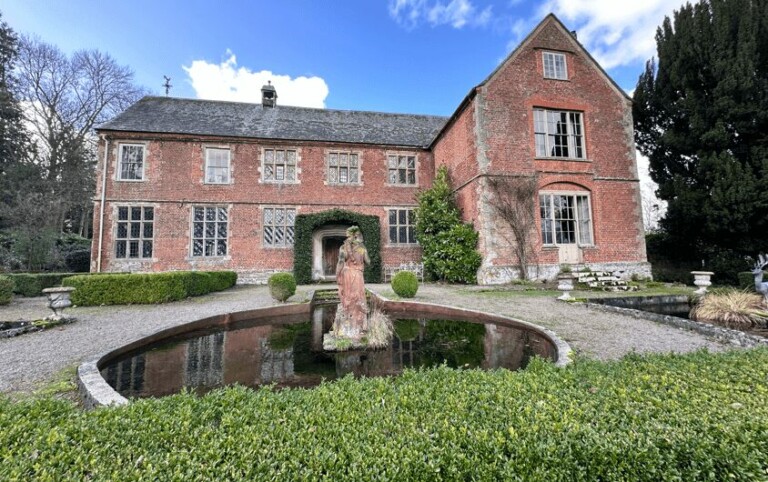
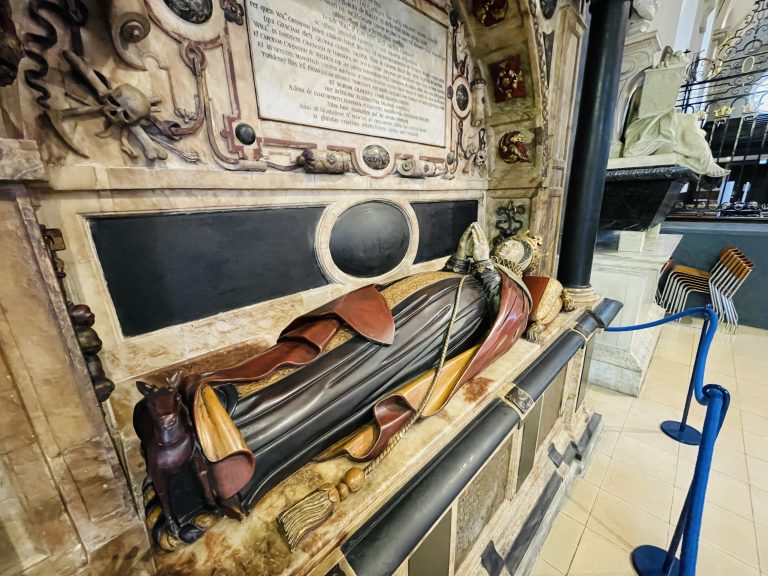
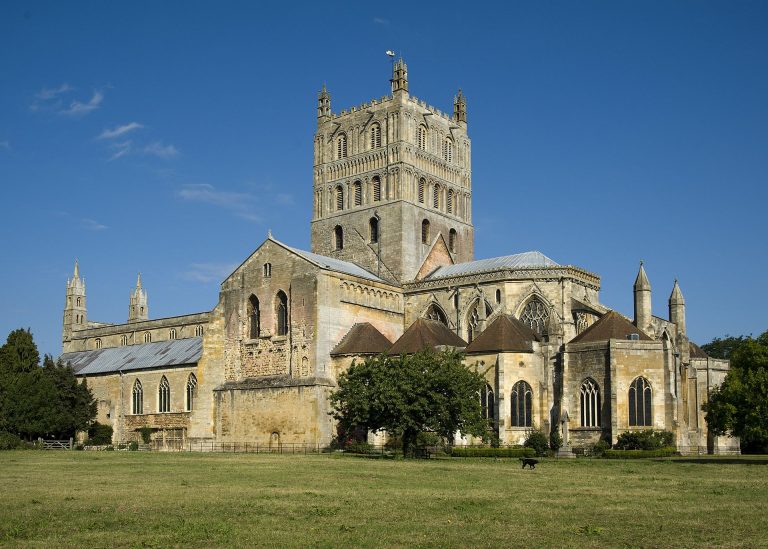
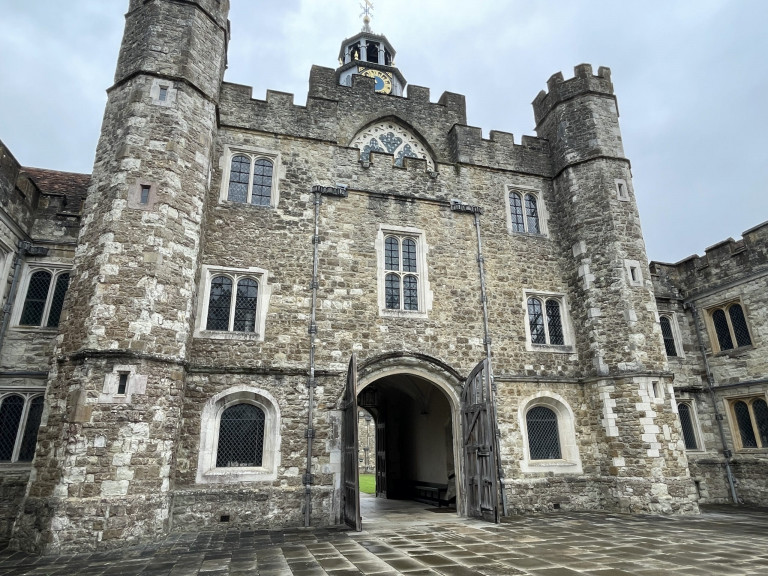
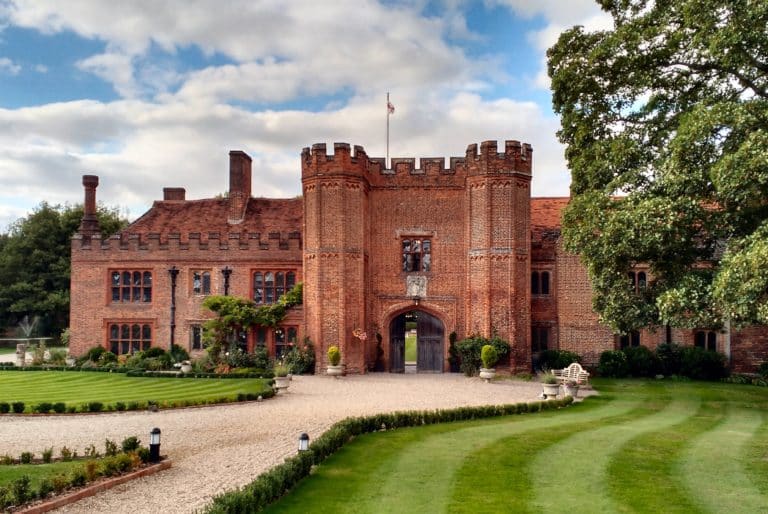
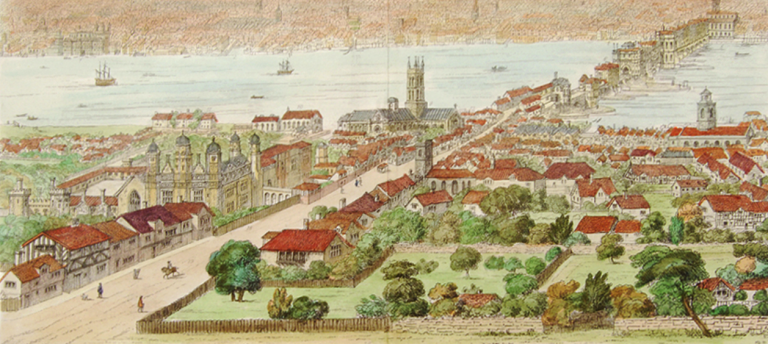
One Comment